Please visit this page as often as you please as new opportunities may arise for some of you interested in this area.
This project primarily involves multicomponent multiphase porous media flows arising in the context of chemical enhanced oil recovery. The components such as polymer and surfactant are used to manipulate the mobility and capillary pressure. From the view point of applied mathematics and scientific computing, the project requires following activities: (i) modeling the underlying physical problem with a system of partial differential equations. These constitute a nonlinear system of nonlinearly coupled elliptic and transport equations; (ii) rewriting these equation using a newly defined global pressure for our system; (iii) then solving these using some appropriate numerical method which, for now, is a hybrid method which uses a combination of discontinuous finite element method for the elliptic part and MMOC-cum-finite difference method for the transport equations. This step involves iterations due to nonlinearity of the equations and strong coupling; (iv) lastly, solving the resulting discrete system for a variety of initial and boundary conditions that model various injection policies. Currently, our model uses Newtonian fluid dynamics excluding visco-elastic and shear-thinning effects. We are currently working on porous media flow models in the presence of various effects such as visco-elastic and shear thinning effects, dispersive effects; and their solution techniques. We are also undertaking various research topics having to do with developing high order accurate numerical methods (based on a variety of MMOC, finite volume, finite element, multi-scale methods etc.) and to include various other effects.
In the absence of capillary effects or when these effects are not included in modeling for whatever reasons, the system of equations involves a nonlinearly coupled system of hyperbolic equations and elliptic equations. One of the well-established ways to solve such systems accurately is to use a combination of operator splitting, Wave Front Tracking, finite difference and finite element/volume. Wave Front Tracking methods are based on developing Riemann solvers and their efficient and accurate easy-to-use implementations. There are various open problems in this area from fundamental research to applications to porous media flows, compressible fluid flows and many other fields of classical applied mathematics and physics. We are interested in these problems as well.
I am looking for Ph.D. students interested to work with me on various projects (computational, modeling, and simulation) including development of numerical methods related to the above mentioned and related topics.
To know more about these including publications, gallery, etc., Read more
Support:
- National Science Foundation: grant DMS-1522782 (expired)
- Qatar National Research Fund: NPRP grant 08-777-1-141 (expired)
Opening: Graduate students and Postdocs. Apply if you are interested.
People:
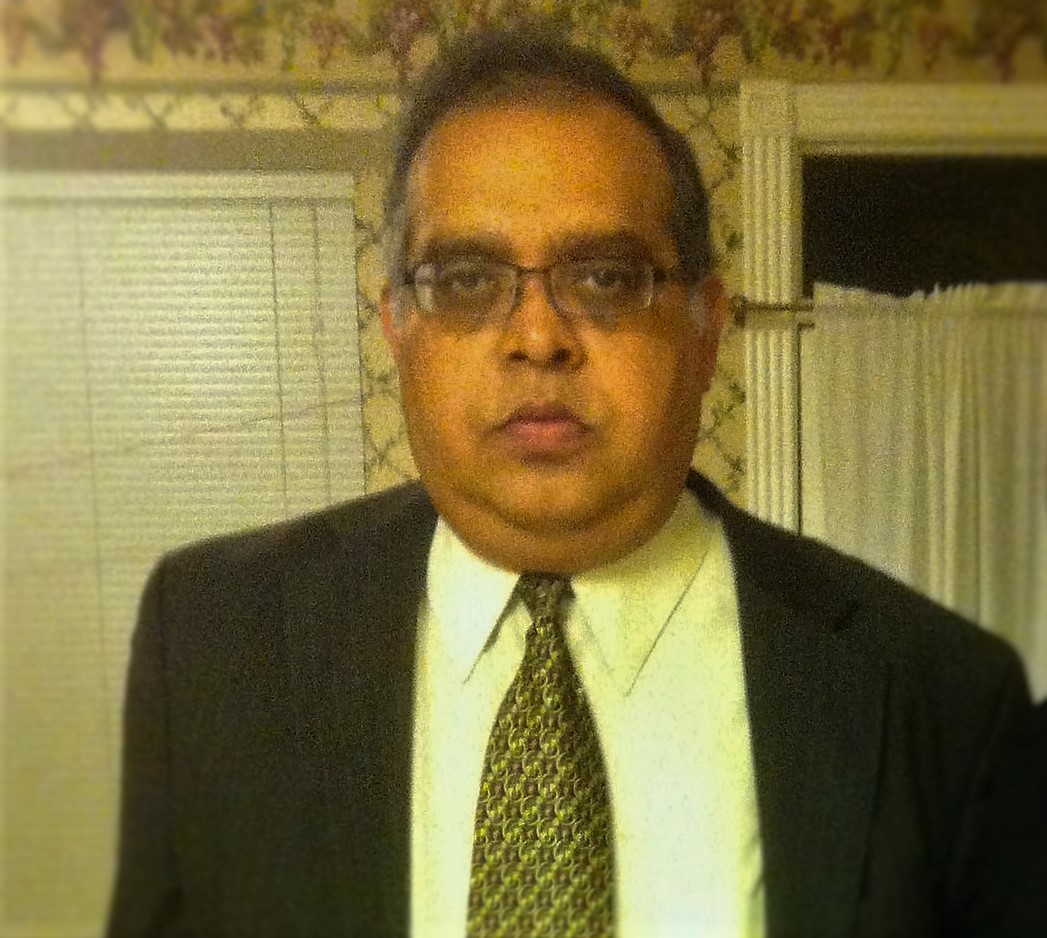
Prabir Daripa
|
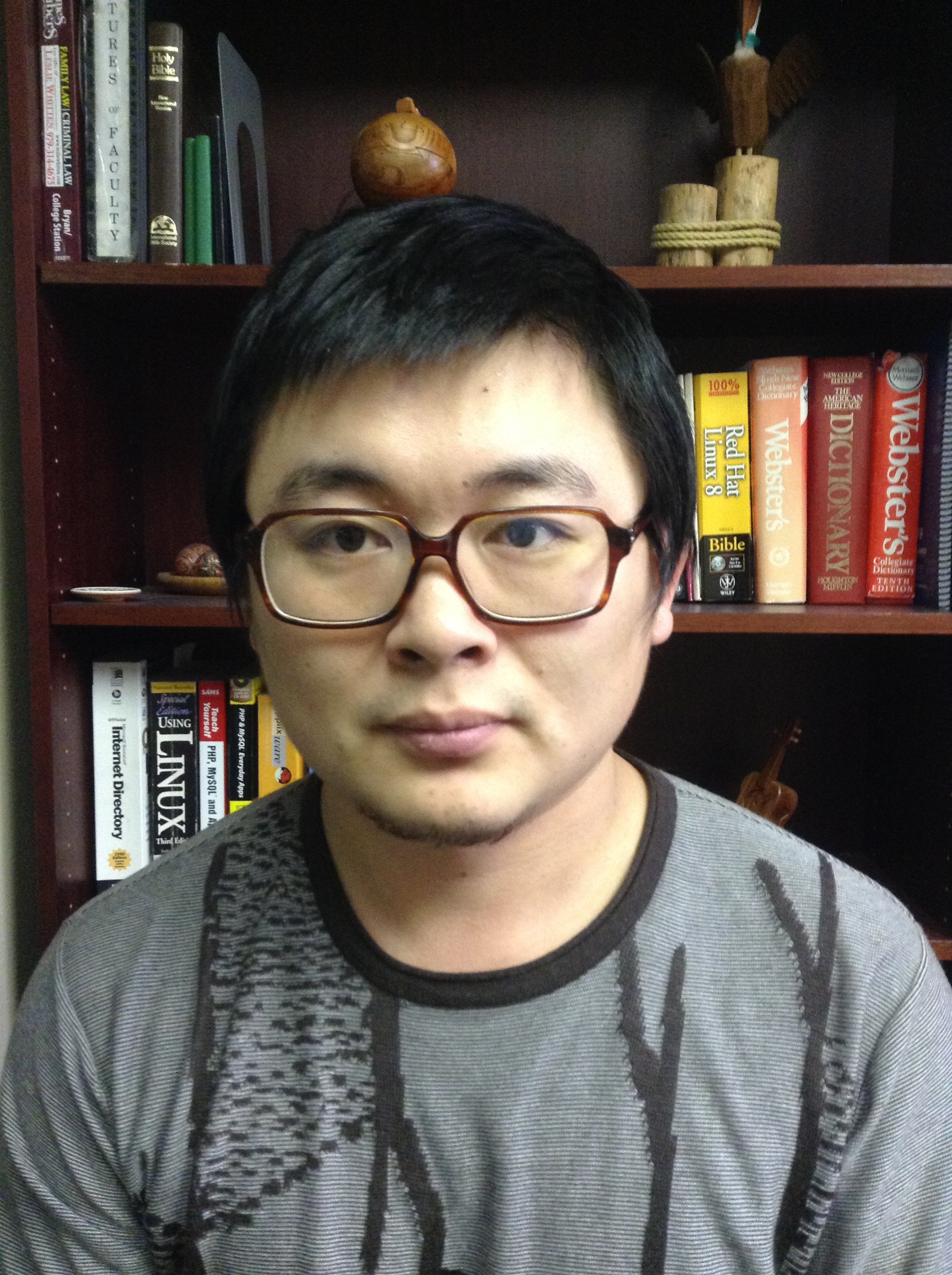
Zhiying Hai
|
Alumni
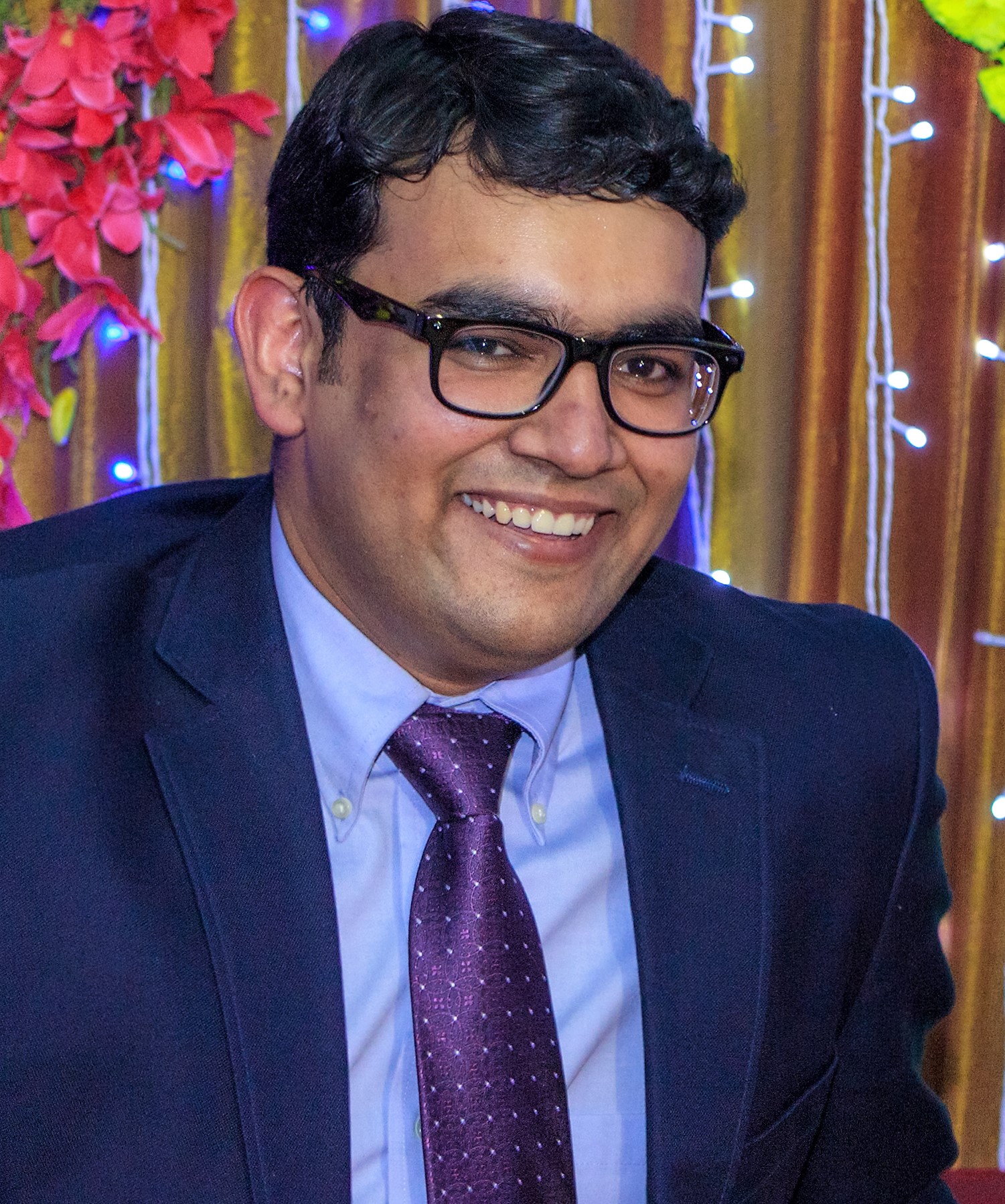
Sourav Dutta
|
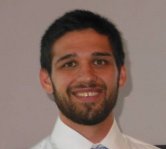
Craig Gin
|
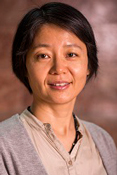
Xueru Ding
|
|
Liqun Wang
|
|
Fabien Ternat
|